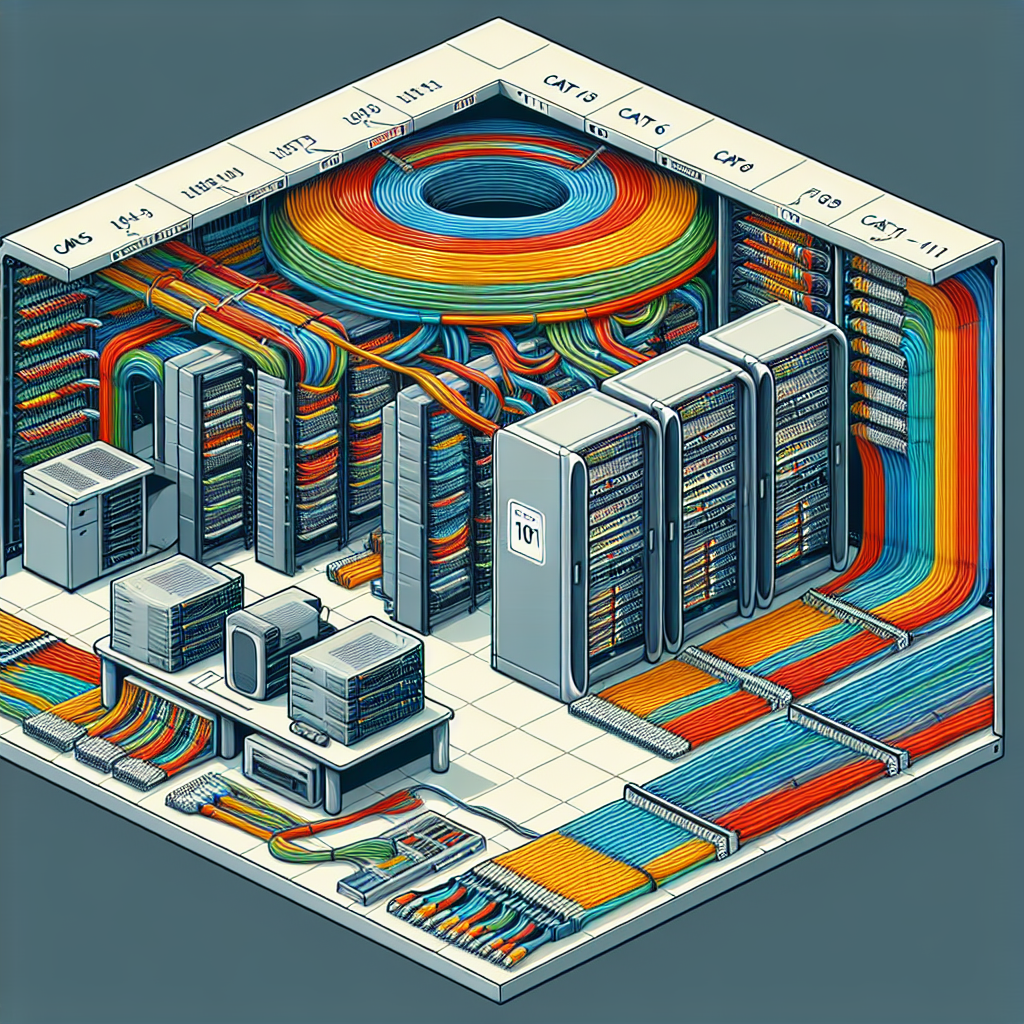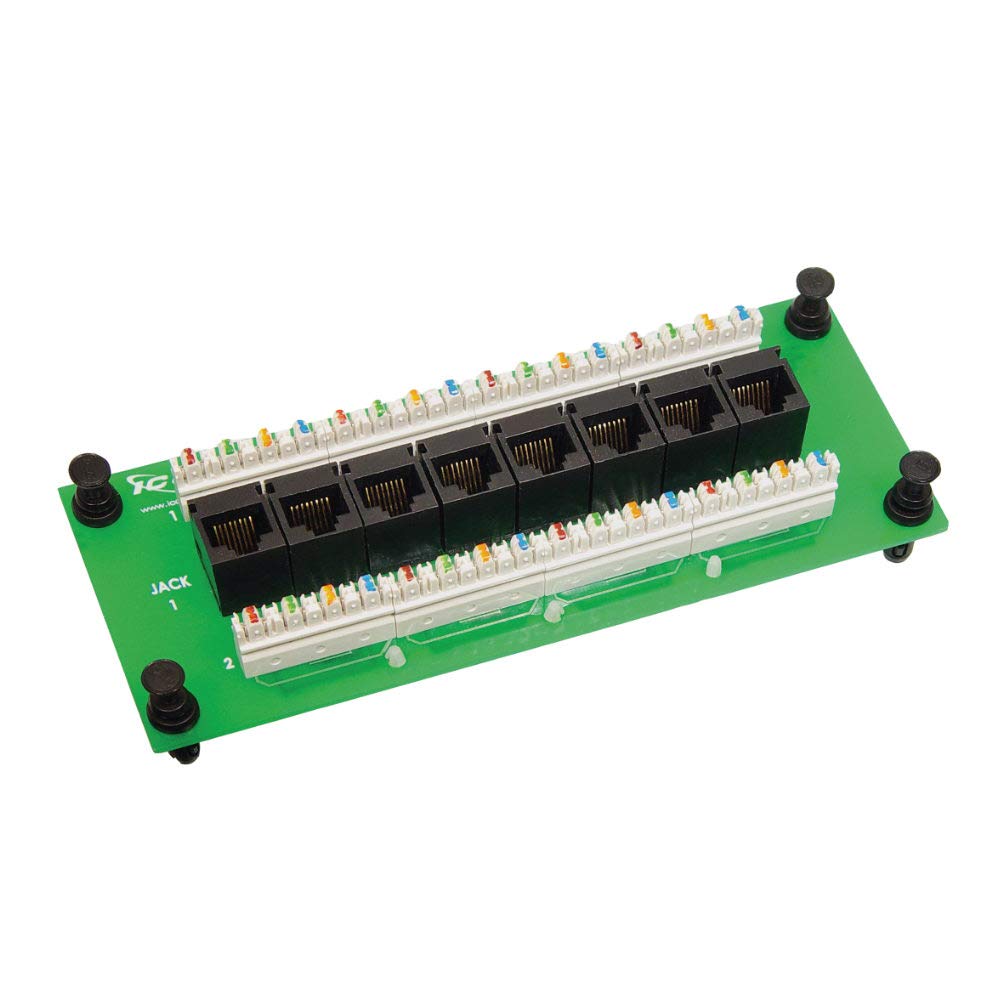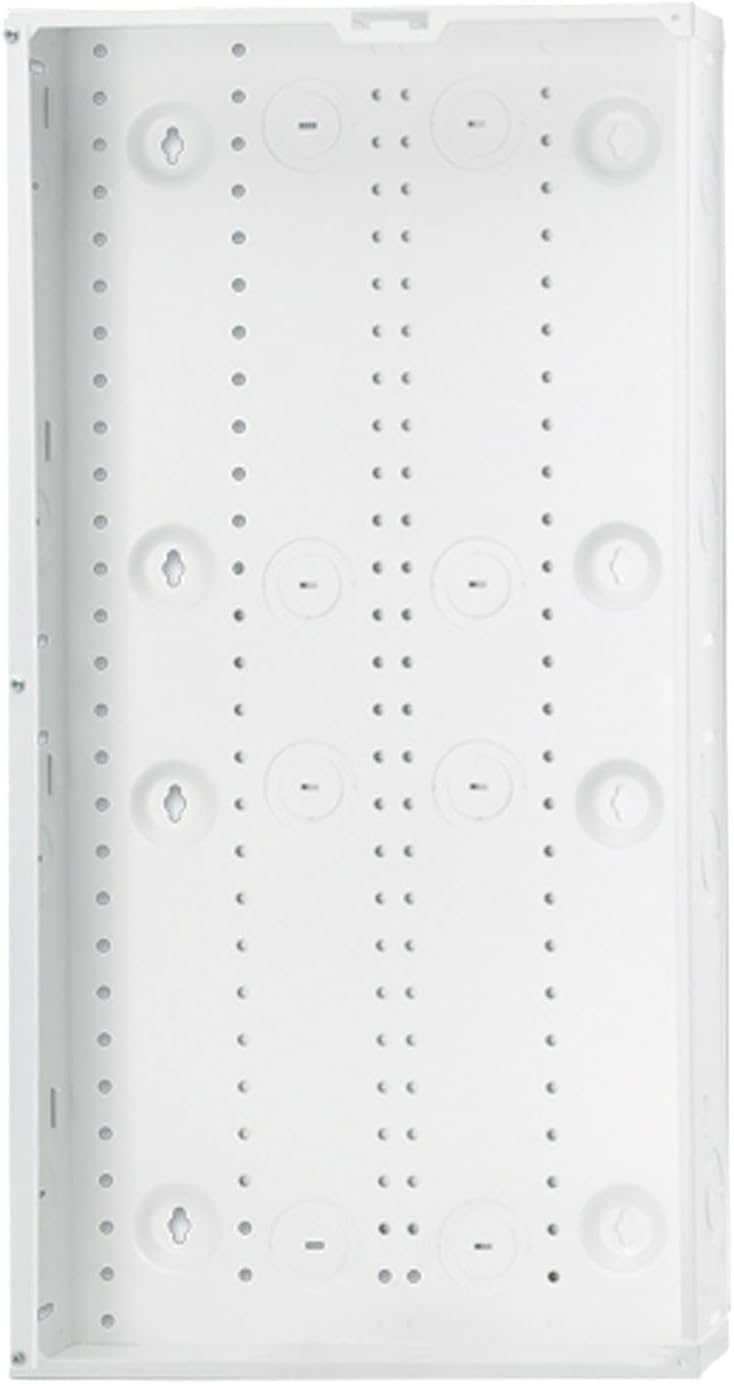Data centers are the backbone of modern businesses, serving as the central hub for storing, processing, and transmitting data. Structured cabling plays a crucial role in ensuring the smooth operation of these data centers by providing a reliable and efficient network infrastructure.
Structured cabling refers to the organized and standardized system of cables and connectors that are used to connect various network devices within a data center. This includes servers, switches, routers, and storage devices, among others. The purpose of structured cabling is to create a seamless and interconnected network that can easily adapt to the evolving needs of the data center.
One of the key benefits of structured cabling is its ability to support high-speed data transmission. With the increasing demand for faster and more efficient data processing, data centers require a robust cabling infrastructure that can handle large volumes of data traffic. Structured cabling ensures that data is transmitted quickly and reliably, without any interruptions or bottlenecks.
Another important aspect of structured cabling is its scalability. As data centers grow and expand, the network infrastructure must be able to accommodate new equipment and technologies. Structured cabling provides a flexible and scalable solution that can easily adapt to changes in the data center environment. This allows businesses to easily upgrade their network infrastructure without having to overhaul the entire cabling system.
In addition to speed and scalability, structured cabling also plays a crucial role in ensuring the reliability and security of data center operations. By organizing cables in a structured manner, data center administrators can easily identify and troubleshoot any issues that may arise. This helps minimize downtime and ensures that data center operations run smoothly at all times.
Furthermore, structured cabling helps improve the overall efficiency of data center operations. By reducing cable clutter and minimizing the risk of cable failures, structured cabling helps improve airflow and cooling within the data center. This can lead to lower energy costs and a more sustainable data center environment.
In conclusion, structured cabling is an essential component of modern data centers. It provides a reliable, efficient, and scalable network infrastructure that supports the high-speed data transmission and evolving needs of businesses. By understanding the role of structured cabling in data centers, businesses can ensure that their network infrastructure is optimized for performance, reliability, and security.













